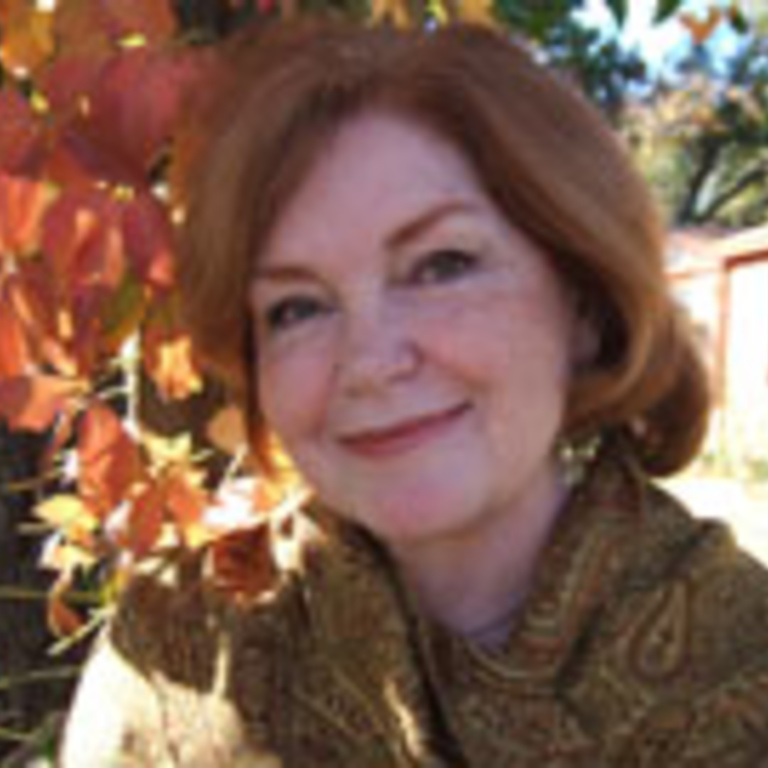 Interview by Tiffany Troy
Interview by Tiffany Troy
How does your first poem, “Section I. Bookmark,” set up the rest of the collection that follows?
First off, I knew that not everyone would have encountered the word “distaff.” I had called the book different things, such as Bookmarks Made of Textiles, rather than use a word not in current parlance. But I couldn’t help it: The Distaff Side was the only title that said more than one thing. Using it, though, meant wiring around its unfamiliarity by providing cover art depicting one, a table of contents shaped like one, and then the “poem” you ask about. The definition, which was already almost a found poem in the OED (especially the use of the adverb “spirally”), I did add a little to. And the idea of a bookmark, decorated by a border—that was to place a value on a humble, usually anonymous, item from everyday life, something both handy and capable of being beautified.
Can you describe the process of writing your fifth collection?
This collection has been in the making for twenty-five years, pretty much from my outset as a writer in mid-life. I lucked out by publishing my first book when I was forty-nine and my second four years later. Both contained some decorative or sewn-type visual pieces and both used sewing as subject matter here and there, but off in the margins I still had the opus, the stash, that finally became The Distaff Side.
How did you organize the poems into its four sections?
My mother, a poet, is a subject I return to again and again, voluntarily and involuntarily. I like long poems (shout-out to Long Poem Magazine in the UK) and by the time I was quilting a selection of needlework poems into this manuscript, I had four long poems about my mother, written at wide intervals, and envisioning her at different points in her life. So those four anchored the book, one per section, surrounded by other poems making their contributions to her stories and to my thesis: needlework is as good a teacher, and better than most, when it comes making a web of connection.
How does form inform your collection? You utilize definitions, lists, lineages, as well as the visuals (wingdings, visual poems) to great effect.
I seek forms that seem to me mimetic of the experience of doing needlework, which can be laborious (in a good way). I find that if I ask a form, “What do you need?” — language results. If by contrast I ask myself, “What do I have to say?” — dead silence results. The form might be picked out from history or made up for the nonce or borrowed from subgenres of needlework. But if it has played out, if it is fulfilled more or less, I have language and can then decide whether to put “Poem” at the top of the page and whether to alter it or let it lead to more language or whatever I want!
What are some major themes/ motifs in the collection?
The themes and motifs of this book take up how women have made beauty and meaning with any material to hand, which in some cases involved implements of writing and in other cases didn’t. I find it a rich field, in response to poverty, in parity with the ancestors, and in expression of love toward people not yet born.
Tiffany Troy is a critic, translator, and poet.